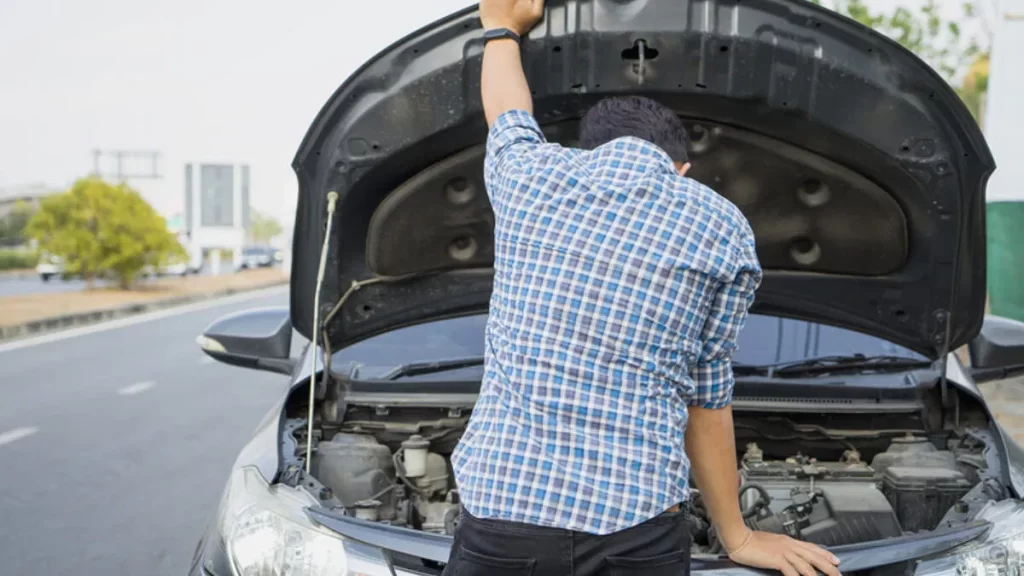There are a variety of issues that can arise with cars, some requiring professional mechanics while others can be repaired more easily by average drivers themselves.
Some of the most frequent car problems include electrical ones like dead batteries or malfunctioning alternators, as well as cosmetic ones like scratches, streaky windscreen wipers or paint imperfections.
Engine Sputtering
Engine problems are never pleasant, but when yours begins to sputter it could be more than simply annoying; they could indicate something is seriously amiss with your vehicle.
Your fuel system must work efficiently to deliver an ideal mixture of air and fuel into each cylinder for combustion. If any component, including filter, pump or injectors become dirty or clogged, this mixture cannot reach its destination, leading to engine sputtering and potentially engine failure.
Your engine’s ignition system must also work effectively for it to function effectively, with worn out spark plugs unable to produce enough heat for correct ignition and oxygen sensors clogged with carbon deposits from poor fuel quality causing misfires and misreadings by your computer causing misfiring of engine cylinders and misfiring resulting in misfiring engine cylinders causing emissions that harm the environment. A replacement part will help your engine run more smoothly while decreasing emissions that harm our environment.
Malfunctioning Sensors
Sensors are integral components to ensuring the health and performance of your car, relaying data to its onboard computer and helping it operate optimally. Unfortunately, as with any component they may become dysfunctional if neglected.
Your car can suffer when one or more sensors malfunctions, causing all sorts of complications. A faulty air intake temperature sensor may impede engine performance by altering air-fuel ratios; and inaccurate readings sent by manifold air pressure (MAP) sensors may lead to rough idling and inefficiency by misinforming its computer system.
To avoid sensor issues with your vehicle, it’s essential that you adhere to its recommended maintenance schedule and check with your owner’s manual on the best ways to clean each type of sensor – this will help them remain in great condition for an extended period of time. Should they begin showing signs of wear-and-tear, replacement should occur quickly in order to avoid more expensive repairs down the line.
Misfiring Engine
Engine misfires can occur at any time, but are most noticeable during acceleration. If your car’s engine experiences any jerking motions or slowdown when you apply the gas pedal, its air and fuel systems could be having difficulty connecting as intended.
Precision is key when it comes to getting all of your car’s components working together in harmony to combust fuel and create energy for driving, and any slight deviation can have devastating repercussions. Engine misfires may lead to other mechanical issues as well – like blown head gaskets or piston rings not sealing properly – leading to engine misfires and costly engine repair bills.
Your mechanic will begin diagnosing an engine misfire by inspecting both its ignition system and fuel system for signs of trouble, checking to see if anything may be causing one of its cylinders not to fire correctly. If they discover an issue with either mass airflow or oxygen sensor replacement might solve engine misfire issues; otherwise a vacuum leak or fuel injector needing cleaning could be responsible.
Dead Battery
Your car’s battery is the lifeblood that fires its engine into motion – without this initial spark, your vehicle would likely remain stationary. Without that initial boost of juice, however, your automobile would simply remain an expensive paperweight.
As it’s one of the easiest car problems to address, starting is generally not too difficult of an issue to solve. Provided both vehicles have working batteries, a quick jump start may often do just the trick.
Your battery may have died if it fails to produce the door chime when opening your car door and/or you cannot switch on radio or headlights. Other indicators might be slow engine cranking or intermittent sparks from its starter motor.
To jump start a battery, start by connecting the negative cable from one working battery to the negative terminal on the dead one and grounding it using unpainted metal bolts or clean bolts on your vehicle – either using wrenches or special battery pliers loosen the nut on positive cable hardware before disconnecting with wrenches or special battery pliers to disconnect.


